解説 / Description
レッドテールキャットは、南米アマゾン川などに生息する大型のナマズです。その名の通り燃えるような赤い尾ビレと、愛嬌のある姿で「モンスターフィッシュ」の代表格として絶大な人気を誇ります。しかし、その裏側には1mをはるかに超える巨体へと成長するという厳しい現実があり、一般家庭での終生飼育は事実上不可能です。安価な幼魚が流通していますが、その驚異的な成長速度に対応できず飼育放棄されるケースが後を絶ちません。本種の飼育は、公共の水族館に匹敵する設備と、20年以上にわたる長期的な責任を負う覚悟を持つ者にのみ許される、究極の挑戦と言えるでしょう。 The Red-tailed Catfish is a large catfish native to the Amazon River and other parts of South America. As its name suggests, it boasts a brilliant red tail fin and a charming appearance, making it an iconic “monster fish” with immense popularity. However, behind this appeal lies the harsh reality of its growth to well over one meter, making lifelong keeping in a typical home aquarium virtually impossible. Inexpensive juveniles are widely available, but cases of abandonment are rampant as owners fail to cope with their phenomenal growth rate. Keeping this species is an ultimate challenge reserved only for those with facilities comparable to a public aquarium and the commitment to bear a long-term responsibility of over 20 years.
基本情報 / Basic Information
| 学名 / Scientific Name | Phractocephalus hemioliopterus (Bloch & Schneider, 1801) |
|---|---|
| 通称 / Common Name | レッドテールキャット, ピララーラRed-tailed Catfish, Pirarara |
| 分類 / Family | ピメロドゥス科 (Pimelodidae)Pimelodidae |
| 英名 / English Name | Red-tailed Catfish, Pirarara |
| 分布 / Distribution | 南米(アマゾン川、オリノコ川、エセキボ川水系)South America (Amazon, Orinoco, and Essequibo river basins) |
| 最大体長 / Max Size | 約135cm(最大180cmの記録あり)Approx. 135 cm (records of up to 180 cm exist) |
| 寿命 / Lifespan | 20年以上20+ years |
飼育環境 / Aquarium Environment
| 水槽サイズ / Tank Size | 【終生飼育には室内池が必須】幼魚は90cm水槽から飼育可能ですが、1年で60cmに達するため、すぐに180cm水槽への移行が必須となります。成魚の終生飼育には最低でも3000L以上、理想的には10000Lを超える室内池や特注の超大型水槽が必要です。[Indoor Pond Required for Lifelong Care] Juveniles can start in a 90cm tank, but as they can reach 60cm in the first year, a move to a 180cm tank becomes essential quickly. Lifelong care for an adult requires a minimum of 3,000L, with an indoor pond or custom mega-tank of over 10,000L being ideal. |
|---|---|
| 水温 / Temperature | 22℃〜28℃ |
| 水質 / Water Quality | 弱酸性〜中性 (pH 6.5-7.5)。大量の排泄物を出すため、極めて強力な濾過システムが不可欠です。Slightly acidic to neutral (pH 6.5-7.5). An extremely powerful filtration system is essential due to the massive amount of waste produced. |
| レイアウト / Layout | 安全性を最優先し、底砂を敷かないベアタンクでの飼育を強く推奨します。装飾品は魚の力で動かせない巨大で滑らかなものに限定し、パニックによる衝突事故を防ぐため鋭利なものは絶対に避けてください。Prioritizing safety, a bare-bottom tank is strongly recommended. Decorations should be limited to huge, smooth objects the fish cannot move, and sharp items must be absolutely avoided to prevent injuries from panic collisions. |
| 注意点 / Precautions | 【一般家庭での飼育は不可能】本種の飼育は、公共水族館レベルの設備と、生涯にわたる責任を負う覚悟を持つ専門家のみが行うべきです。非常に臆病でパニックを起こしやすく、水槽を破壊する危険もあります。頑丈で重い蓋は絶対に必要です。[Impossible for Home Aquariums] Keeping this species should only be undertaken by experts with public aquarium-level facilities and the commitment to lifelong responsibility. It is extremely skittish, prone to panic, and poses a risk of breaking the tank. A sturdy, heavy lid is absolutely essential. |
餌と給餌 / Feeding
| 餌の種類 / Diet | 肉食性。大型魚用の高品質な人工飼料を主食とし、アジやエビなどの冷凍魚介類を副食として与えます。病気のリスクがあるため、金魚などの生き餌は避けるべきです。Carnivorous. Feed a staple diet of high-quality artificial pellets for large fish, supplemented with frozen seafood like horse mackerel and shrimp. Live feeder fish such as goldfish should be avoided due to disease risk. |
|---|---|
| 給餌のポイント / Feeding Tips | 幼魚期は毎日〜1日おきに、成魚になったら代謝が落ちるため週に1〜2回の給餌に留め、肥満を防ぎます。飼育者によく馴れ、餌をねだりますが、長期的な健康を考えて給餌量を厳格に管理する必要があります。Feed juveniles daily to every other day. As adults, their metabolism slows, so feeding should be reduced to 1-2 times a week to prevent obesity. They become very tame and will beg for food, but their intake must be strictly managed for their long-term health. |
性格と混泳 / Temperament and Tank Mates
| 性格 / Temperament | 非常に臆病で神経質。物音や急な動きでパニックを起こし、水槽の壁や機材に猛スピードで激突することがあります。これが飼育における最大の危険因子です。Extremely timid and nervous. It can panic at sudden noises or movements, crashing into the tank walls and equipment at high speed. This is the single greatest risk in its husbandry. |
|---|---|
| 混泳の相性 / Compatibility | 単独飼育が原則です。口に入る魚はすべて捕食します。コリドラスなど棘のあるナマズを飲み込んでしまい、両方が死に至る事故が多発しているため、特に危険です。超大型水槽での混泳は専門家レベルの挑戦です。Keeping it alone is the rule. It will predate on any fish that fits in its mouth. It is especially dangerous to house with spiny catfish like Corydoras, as swallowing them can lead to the death of both fish. Community tanks in mega-sized aquariums are a challenge for experts only. |
病気と対策 / Diseases and Prevention
| かかりやすい病気 / Common Diseases | 幼魚は白点病にかかりやすいです。最も一般的な問題は、パニックによる激突で負った外傷と、そこからの二次的な細菌・真菌感染です。Juveniles are susceptible to Ich. The most common problems are physical injuries from panic-induced collisions and subsequent secondary bacterial or fungal infections. |
|---|---|
| 対策と予防 / Prevention | 清浄な水質を維持することが全ての病気の最良の予防策です。ナマズ類は魚病薬に敏感な場合があるため、治療の際は規定量の半分程度から慎重に投与してください。Maintaining pristine water quality is the best prevention for all diseases. Catfish can be sensitive to medications, so treatments should be administered cautiously, starting with about half the recommended dose. |
増やし方(繁殖) / Breeding
| 繁殖形態 / Reproduction | 卵生。雨季に産卵のため川を遡上する季節的な回遊を行うと考えられています。Oviparous. It is believed to undertake seasonal migrations upstream to spawn during the rainy season. |
|---|---|
| 繁殖のポイント / Breeding Tips | その巨大さから、個人レベルでの繁殖は不可能です。市場に流通している個体は、すべて東南アジアの養殖場で商業的に繁殖されたものです。Due to its immense size, breeding at a hobbyist level is impossible. All individuals available in the market are commercially bred in farms in Southeast Asia. |
特徴的な行動と豆知識 / Behavior and Fun Facts
| 特徴 / Characteristics |
【ピララーラの由来】ブラジルでの愛称「ピララーラ」は、現地の言葉で「魚」を意味する “pirá” と、鮮やかな鳥「コンゴウインコ」を意味する “arara” を組み合わせたものです。 【古代魚の生き残り】現存する唯一の種ですが、その仲間は1350万年以上前の化石として発見されており、古代から続く系統の生き残りです。 【飼育放棄と外来種問題】飼育しきれなくなり、日本の河川に放流された個体が捕獲される事例が報告されています。絶対に放流してはいけません。 【Origin of “Pirarara”】Its Brazilian nickname “Pirarara” is a combination of the local words “pirá” (fish) and “arara” (macaw), referencing its vibrant colors. 【A Living Fossil】It is the only surviving species of its genus, but its relatives have been found as fossils dating back over 13.5 million years, making it a survivor of an ancient lineage. 【Abandonment and Invasive Species Issues】There are reported cases of abandoned individuals being captured in Japanese rivers. Never release them into the wild. |
|---|
まとめ / Conclusion
レッドテールキャットは、その圧倒的な存在感で多くの人々を魅了しますが、その飼育は一般家庭の範疇を完全に超えています。安価な幼魚の衝動買いは、魚にとっても飼育者にとっても不幸な結末を迎える可能性が極めて高いです。 The Red-tailed Catfish captivates many with its overwhelming presence, but its husbandry completely exceeds the scope of a home aquarium. Impulsively buying a cheap juvenile is highly likely to end in tragedy for both the fish and the keeper.
このアマゾンの巨人への真の敬意は、所有を試みることではなく、その生態を学び、適切な環境で雄姿を伝える水族館でその姿を見ること、そして原産地の環境保全に関心を持つことでしょう。True respect for this Amazonian giant is shown not by attempting to own it, but by learning about its ecology, viewing it in public aquariums that provide a proper environment, and taking an interest in the conservation of its native habitat.
▶ 記事の生体をAMAZONで買う ▶ 記事の生体をYahooで買う

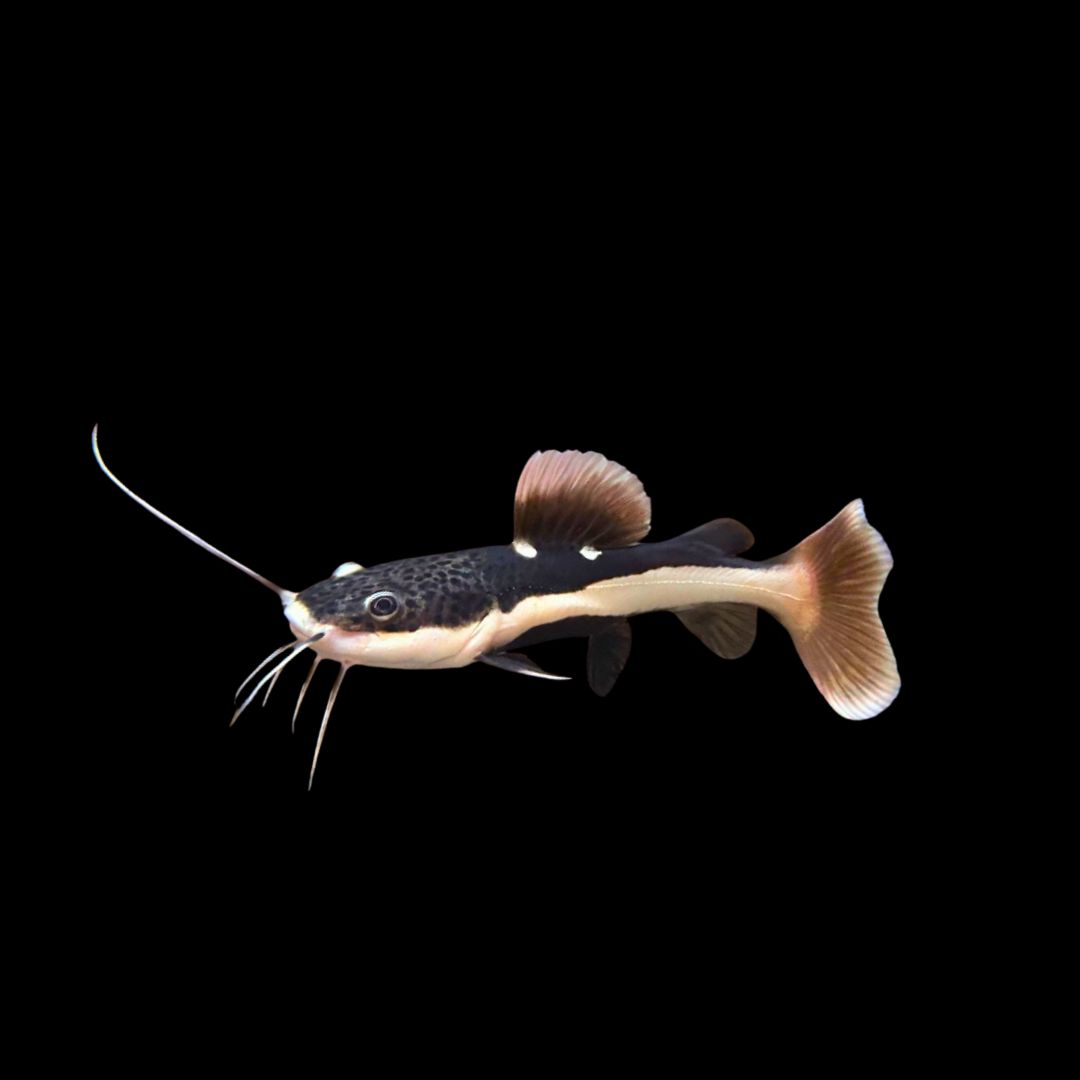






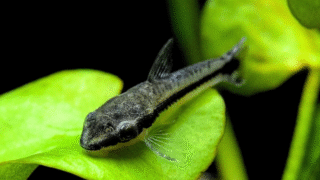
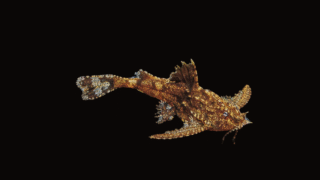
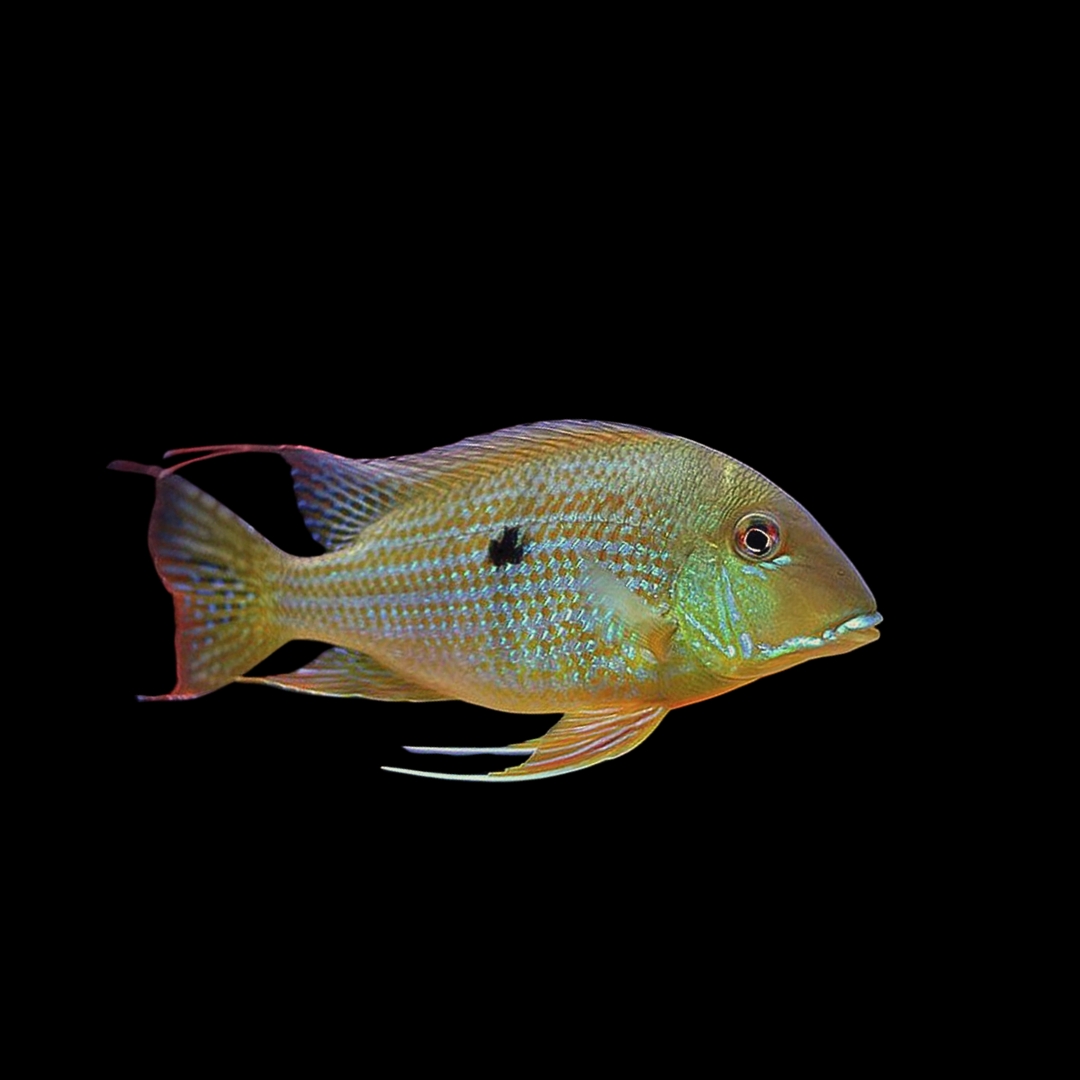
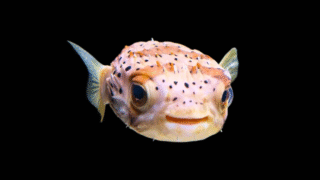
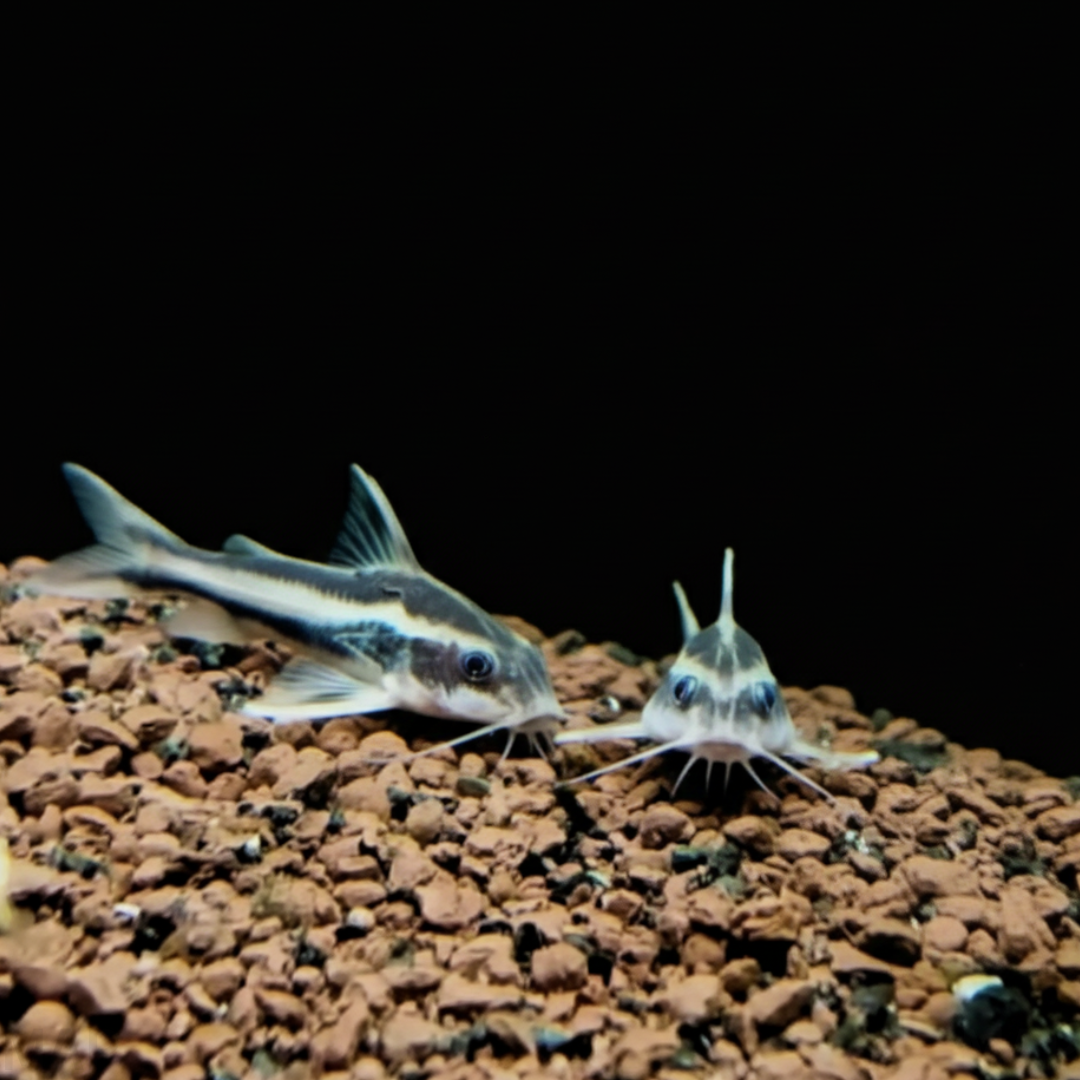
コメント